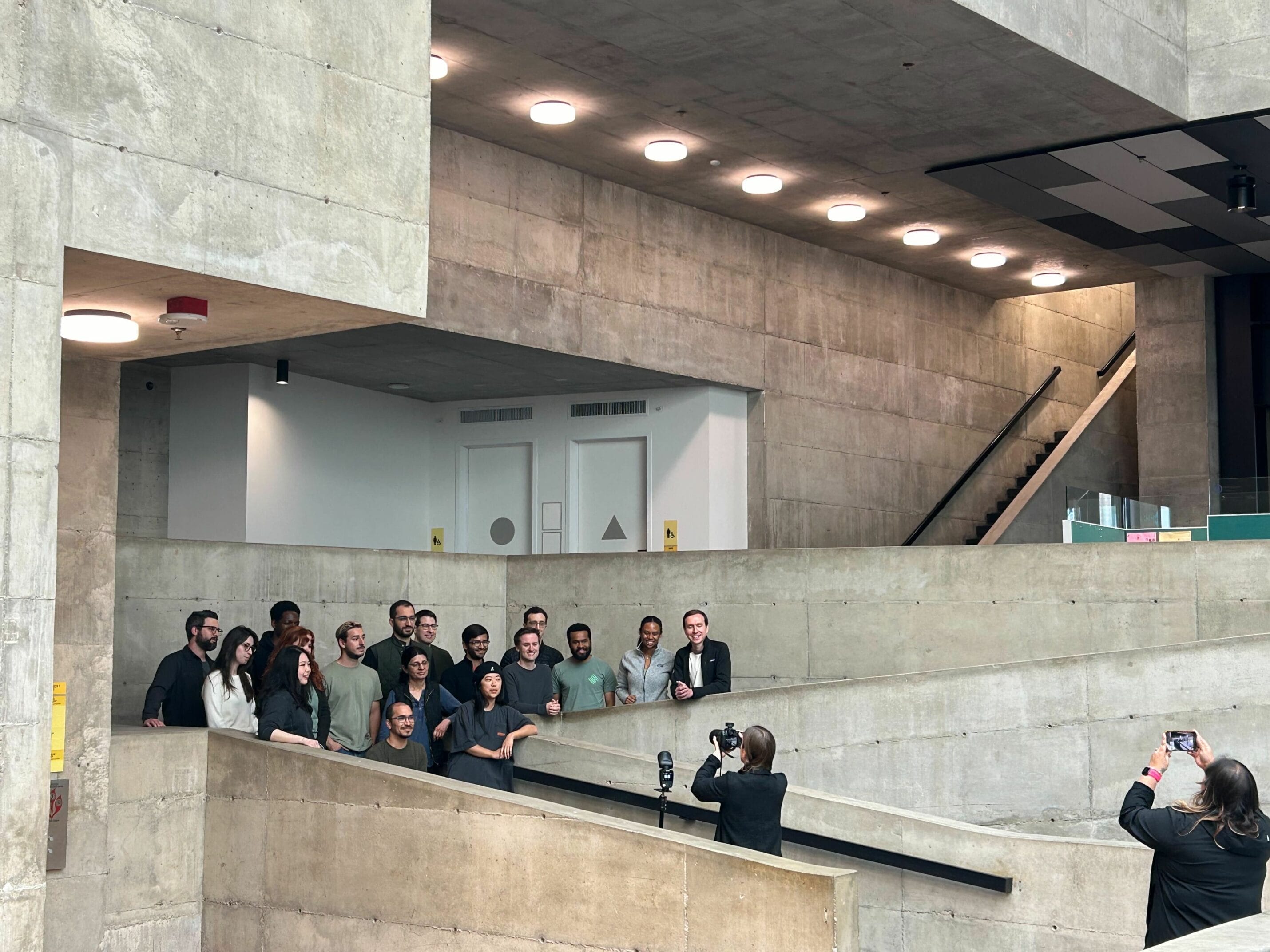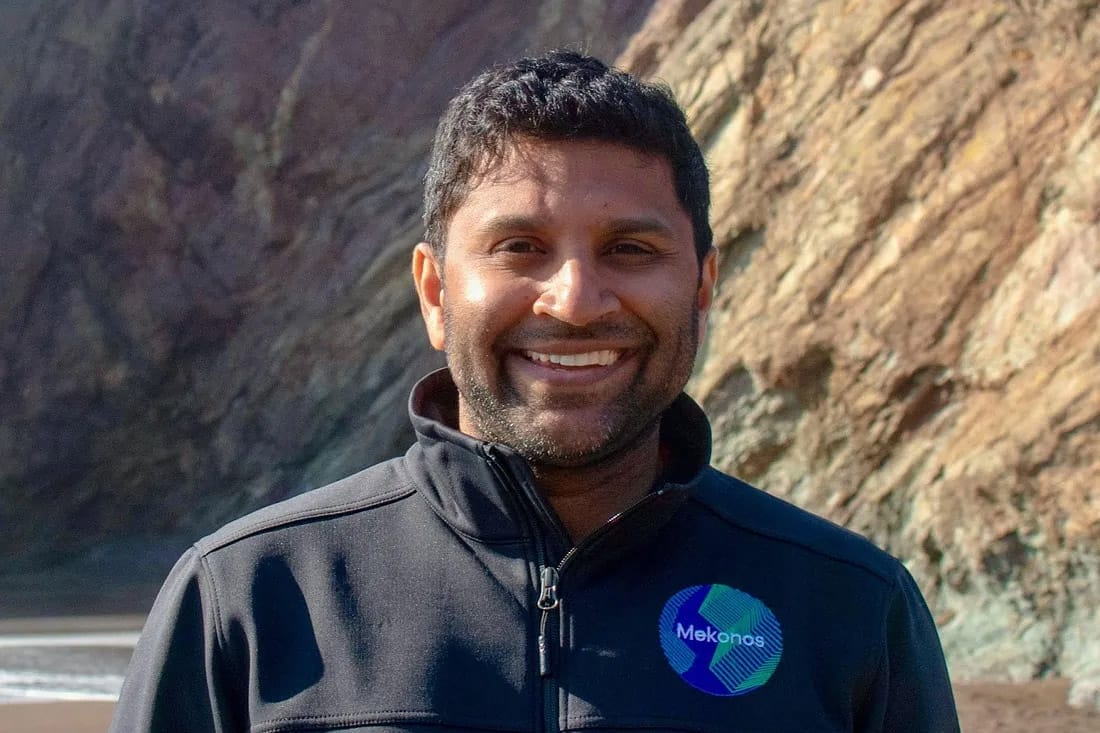Inspired by Founder’s Daughter, East Bay Startup Ray Therapeutics Raises $100M to Tackle Eye Diseases
From the San Francisco Business Times.

An East Bay startup’s targeting of blinding eye diseases led it to a $100 million Series A round, but its founder’s inspiration comes from his artist daughter.
Ray Therapeutics, housed in the Bakar Labs incubator at UC Berkeley, will use the new funding led by Novo Holdings A/S to push a unique treatment for eye diseases into a clinical trial within the next year, if not sooner. It is zeroing in on diseases such as retinitis pigmentosa and macular degeneration that slowly degrade vision.
Retinitis pigmentosa is a group of genetic diseases in which the light-sensitive layer of tissue at the back of the eye slowly breaks down. Any one of 100 genes can cause the condition as patients’ vision progressively erodes until they lose most of their sight by the time they turn 40.
About one in every 5,000 people globally have retinitis pigmentosa, or RP. There is no Food and Drug Administration-approved therapy for most forms of it.
Tamar Bresge had just turned 15 when she was diagnosed with RP. Specialists said there was nothing they could do.
“I took her to the top clinicians and heard the same thing,” her father, Ray Therapeutics CEO Paul Bresge said.
Paul Bresge, a self-described serial entrepreneur who at one point had been on the manufacturing side of pharmaceuticals and cosmetics, soon got involved with an early-stage Southern California RP startup called jCyte Inc. With Bresge eventually becoming CEO, the company in 2020 landed a $252 million licensing deal with Santen Pharmaceutical Co. Ltd., a Japan-based drug developer.
Santen, which has its U.S. headquarters in Emeryville, has taken the jCyte cell therapy, which is injected into the eye, into a late-stage clinical trial for patients who are early in their diagnosis.
Still, Paul Bresge knew more needed to be done for later-stage patients such as Tamar.
Tamar, now 27, received her master’s in fine arts from Tufts University near Boston, where she teaches art, and is working on another master’s degree, her father said. Her eyesight has continued to deteriorate.
“She’s awesome,” Paul Bresge said. “She’s my inspiration.”
Bresge learned more about an approach called optogenetics, developed by Zhou-Hua Pan at Wayne State University in Detroit. Optogenetics introduces a manipulated protein into the eye to throw more light on a type of neuron, called retinal ganglion cells, that is near the inner surface of the retina. Despite RP’s destruction, retinal ganglion cells remain intact and have enough light sensitivity that they can transmit light signals from the eye to the brain to enable complex vision.
The protein is carried by an adeno-associated virus, essentially an inactivated virus that is a common vehicle for delivering gene therapies.
Bresge said he was “blown away” by Pan’s data, and Ray Therapeutics was launched in early 2021.
“I don’t love how or why I got here, but I really love what I do,” Paul Bresge said.
The idea of optogenetics also caught the attention of Dmitri Kuzmin, managing partner at 4BIO Capital, a London-based venture capital firm that seeded Ray Therapeutics in 2021 with $6 million.
Besides the Series A lead investor Novo, 4BIO was joined in this latest funding by Deerfield Management, Norwest Venture Partners, Merck & Co. Inc.’s venture fund, Platanus and MRL Venture Fund.
“We have been convinced of the significant potential of Ray Therapeutics’ groundbreaking optogenetic approach right from the start,” Kuzmin said in a statement.
Ray also received a $4 million grant in late 2021 from the California Institute for Regenerative Medicine, the taxpayer-supported bond measure for stem cell and other promising therapies. (JCyte, Bresge’s earlier company, had received two grants totaling nearly $15 million to support clinical studies.)
Bresge hopes to move the four-person company into new space in Emeryville or Berkeley, where it looks to have 10-12 employees by the end of the year and double that in 2024.
The crunch will come in translating literal “blind mice” data — showing restored vision with 50% improvement in acuity, the ability to distinguish shapes and details — into humans whose vision has been disappearing for half of their lives. But Paul Bresge said he expects severe RP patients, taking tests like a “mobility maze” that shows their ability to walk an obstacle course at different light levels, to respond within a couple of months.
“The therapy is independent of the causative gene,” Bresge said. “We’re not treating patients with those specific genes, so it’s easier and quicker to to enroll a trial.”





